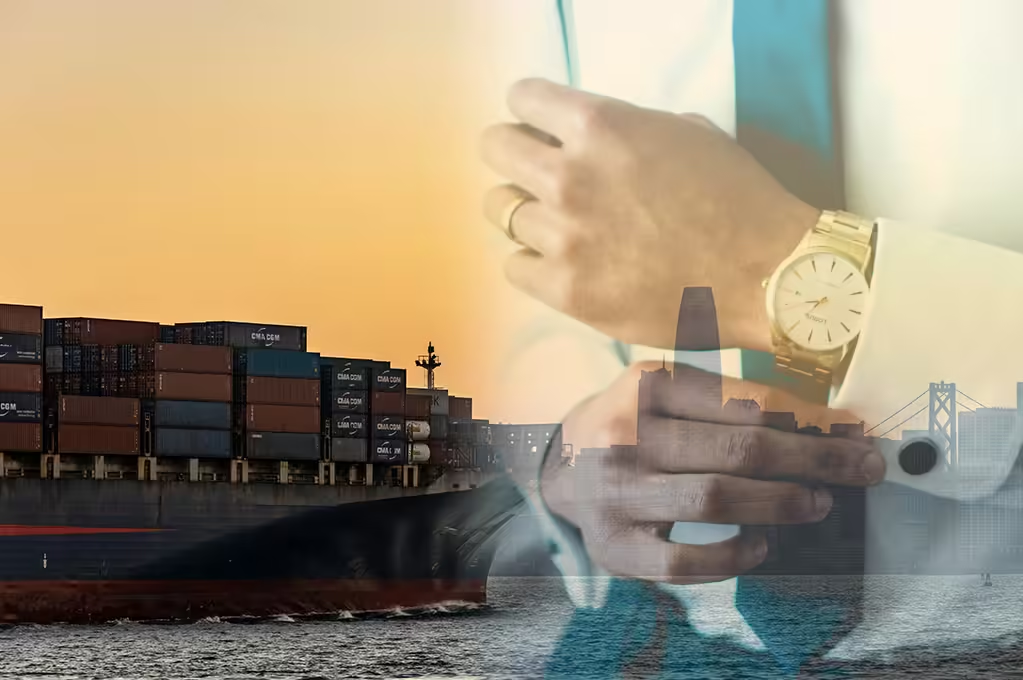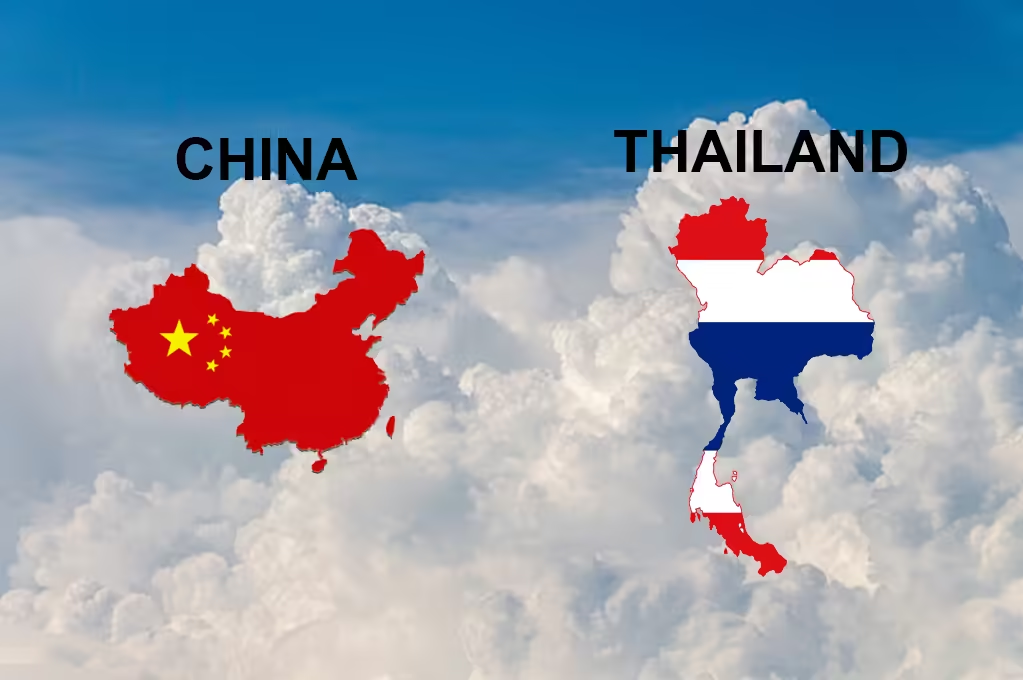Land transport and ocean transport from China to Thailand is a vital part of international trade, connecting two dynamic economic regions. This article explores the key aspects of land and ocean transport from China to Thailand, providing insights into key routes and border crossings the service models, size and weight restrictions, and Detailed Process Overview for both land and sea transport.

Land Transport from China to Thailand
Land transport,also known as ground transport, refers to the movement of goods and people over land, primarily using vehicles such as trucks, buses, trains, and other forms of road and rail transportation,offers a direct and flexible option for moving goods between China and Thailand. The primary routes involve crossing through Laos or Vietnam.
Key Routes and Border Crossings for land transport
Via Laos:
Border Crossings: Boten-Mohan and Houayxay-Chiang Khong.
Route: From Yunnan Province, China, through Laos to Thailand.
Via Vietnam:
Border Crossings: Lao Cai-Hekou and Hanoi-Nong Khai.
Route: From Yunnan Province, China, through Vietnam to Thailand.
Service Model for land transport
Door to door service involves the collection of goods from the sender’s specified address in China and the direct delivery to the recipient’s address in Thailand, ensuring a seamless and convenient logistics experience.
Size and Weight Restrictions for land transport
Oversized/Overweight: For single pieces of cargo exceeding 80 kg or having a length of more than 1.8 meters, an additional oversized fee of 200 RMB per shipment will be charged.
Excess Length: For lengths exceeding 2 meters, an additional delivery fee of 500 RMB per shipment will be charged.
Excessive Length: For lengths exceeding 5 meters, the delivery fee will be confirmed separately.
Pay attention to the maximum size restrictions in Thailand, Vietnam, and Cambodia: 4 meters in length, 2.2 meters in width, and 2.5 meters in height.
Detailed Process Overview for land transport
Goods are received and shipped out on the same day (Day 0) with a cut-off time of noon, followed by 1-3 days of waiting for container loading and scheduling, 5-7 days of sea transit (Days 4-10), 3-4 days for customs clearance (Days 10-13), 3 days for unloading, scanning, and sorting (Days 14-16), and 2 days for final delivery and sign-off (Days 17-18), resulting in an overall transit time of 15-18 days.

Ocean transport,also known as 海貨物 or maritime transport, is the movement of goods and commodities over water using ships and other vessels. It is one of the oldest and most widely used methods of transportation for international trade, particularly for bulk cargo and large volumes of goods over long distances,is a cost-effective method for transporting large volumes of goods over longer distances.
Service Model for ocean transport
Full Container Load (FCL): It is a method of ocean freight transportation where a single customer or consignor uses an entire shipping container exclusively for their own cargo. This means that the container is not shared with any other consignor’s goods, providing the customer with sole use of the container from the point of origin to the final destination.
Less Container Load (LCL):It is a method of ocean freight transportation where multiple shippers share the space within a single shipping container. Unlike Full Container Load (FCL), where a single customer reserves an entire container, LCL involves consolidating cargo from several shippers into one container, each occupying only a portion of the available space.
Size and Weight Restrictions for ocean transport
Oversized/Overweight: For single pieces of cargo exceeding 80 kg or having a length of more than 1.8 meters, an additional oversized fee of 200 RMB per shipment will be charged.
Excess Length: For lengths exceeding 2 meters, an additional delivery fee of 500 RMB per shipment will be charged.
Excessive Length: For lengths exceeding 5 meters, the delivery fee will be confirmed separately.
Detailed Process Overview for ocean transport
Goods are received and shipped out on the same day (Day 0) with a cut-off time of noon, followed by 1-3 days of waiting for container loading and scheduling, 5-7 days of sea transit (Days 4-10), 3-4 days for customs clearance (Days 10-13), 3 days for unloading, scanning, and sorting (Days 14-16), and 2 days for final delivery and sign-off (Days 17-18), resulting in an overall transit time of 15-18 days.

When deciding between ocean transport and land transport for shipping from China to Thailand, consider the specific requirements of your cargoand the unique characteristics of each mode of transport.Ocean transport is ideal for transporting large volumes of non-urgent cargo due to its cost-effectiveness and capacity for bulk and heavy items, while land transport is preferable for smaller volumes requiring faster transit times and direct routes, offering flexibility and shorter lead times for urgent shipments.

